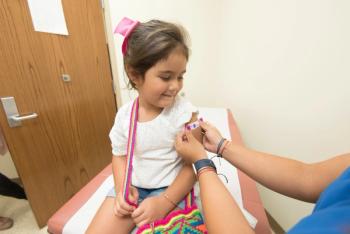
Novel Coronavirus: Health Care and Infection Prevention Implications
In a scenario where health care preparedness is key, what are the best strategies for US hospitals to pursue?
The outbreak of the novel coronavirus originating in Wuhan, China, has been a wake-up call regarding public health and the threat of emerging infectious diseases. As dozens of countries report cases and more than
In the United States, the US Centers for Disease Control and Prevention (CDC) have reported
Reinforcing such efforts, a new study was just published in
Within this study, investigators noted that 26% of those patients required care in an intensive care unit, 4.3% died, and a considerable amount had comorbidities. Perhaps a more worrisome finding though, was that 41% of cases were a result of suspected health care transmission, meaning they were nosocomial. Those patients requiring care in an intensive care unit were more likely to have underlying comorbidities, which was found to be statistically significant.
From the infection prevention perspective, this new finding is concerning, but not entirely surprising.
The CDC has worked to provide
Using the screening criteria to help guide evaluation of persons under investigation (PUI) means implementing and/or refining the triage screening process to account for travel history and exposure to cases. During this time, it is more likely to see the “worried well”.
For many, this means people who had layovers in Chinese cities, travel abroad, or sat next to someone with a cough. Unfortunately, this means that health care workers often utilize unnecessary personal protective equipment (PPE) and even require communication with local public health, which can overburden already stressed systems.
While many hospitals work to ensure their screening processes are effective and that staff are educated and feel supported, the dwindling amount of available PPE are causing concern. Since much of our PPE is manufactured in China and the demand is at an all-time high, this is a situation ripe with potential for additional cases.
Moreover, many are stockpiling PPE, causing an additional strain on supplies. This very issue has caused the World Health Organization to comment, noting the months of delays and the “
This is a challenging time for health care and infection prevention but not one that is insurmountable. US public health efforts have worked hard to identify and isolate possible cases to help reduce the risk for widespread transmission. Hospitals are working to prepare for potential cases and ensure proper infection prevention practices will be followed.
From staffing to supplies and surge practices, these are strategies already available. Now though, is the time to focus on continued education and reinforcement of those infection prevention measures needed but already engrained in health care workers. These are not new skills, but rather a new scenario.
Newsletter
Stay ahead of emerging infectious disease threats with expert insights and breaking research. Subscribe now to get updates delivered straight to your inbox.
































































































































































































































































































































